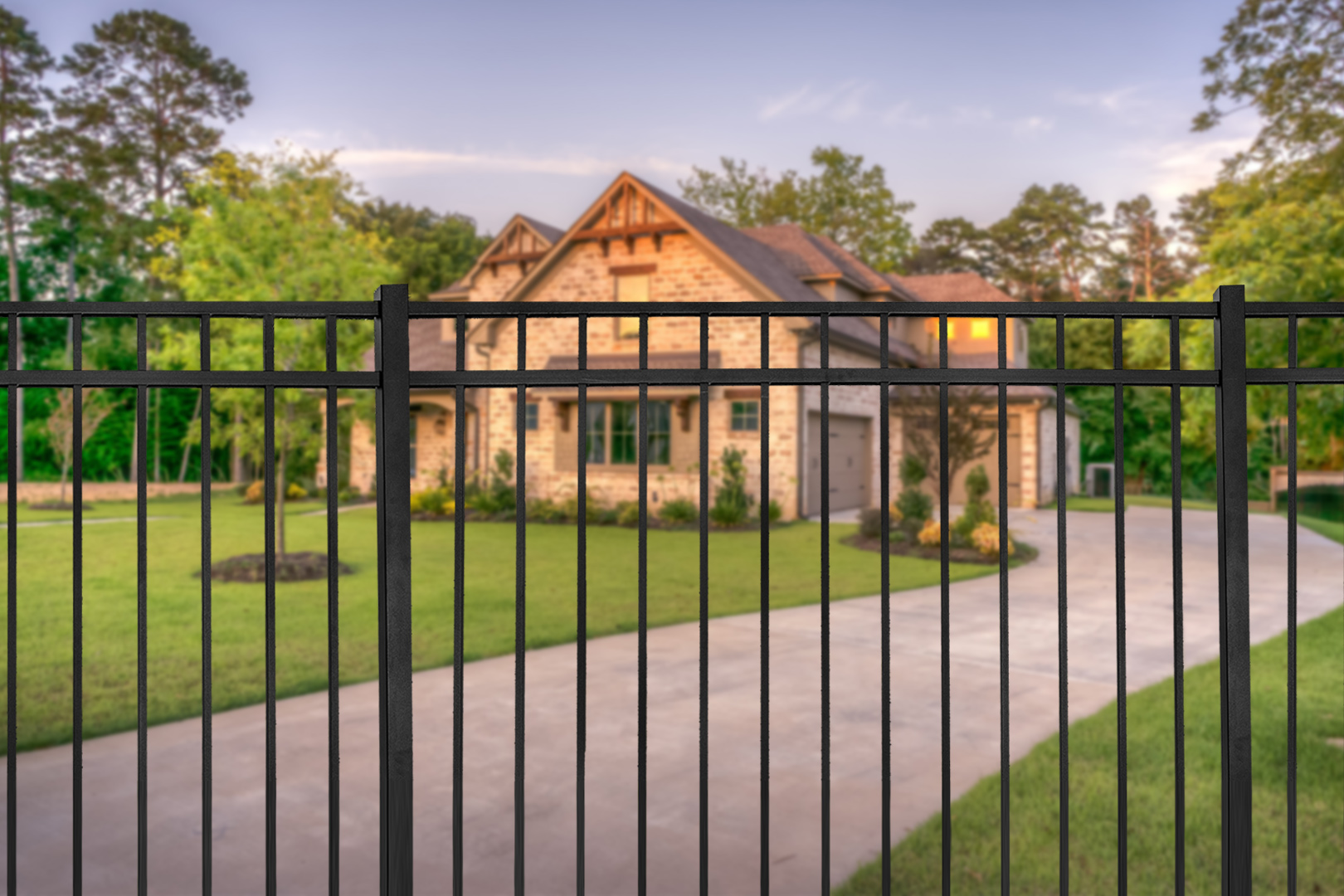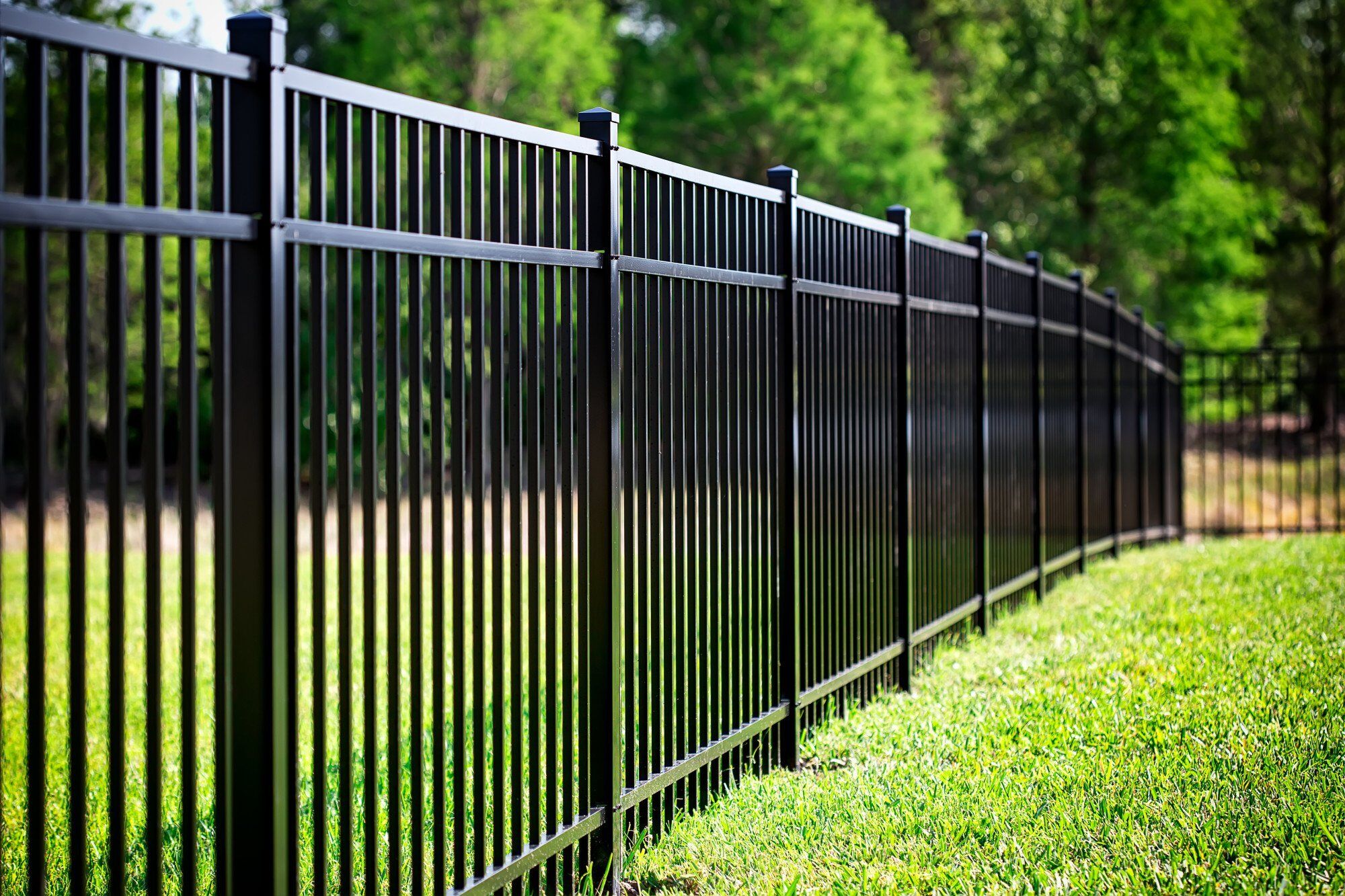All Categories
Featured

As sustainability ends up being a significantly essential consideration for homeowners, even more individuals are transforming to environment-friendly fence materials. Whether you're developing a fence for personal privacy, safety and security, or aesthetic objectives, selecting materials that lessen environmental effect is a wonderful method to contribute to a healthier planet. Right here's a take a look at the leading eco-friendly fencing materials available today and their benefits.
- Bamboo Secure Fencing: Fast-Growing and Eco-friendly. Bamboo is just one of the most lasting fence products on the marketplace. Unlike typical timber, bamboo is extremely fast-growing, which indicates it can be collected without depleting woodlands. This makes it a highly renewable energy, with some varieties expanding up to 3 feet in a single day.
Environmental Benefits: Bamboo absorbs extra carbon dioxide than numerous other plants, assisting to balance out greenhouse gases. Its quick development rate suggests it can be gathered regularly, making it an eco-friendly material. Sturdiness: Bamboo fences are naturally resistant to insects and decay, particularly when appropriately dealt with, decreasing the need for chemical therapies. Visual Charm: Bamboo supplies an one-of-a-kind, natural look that enhances both modern-day and standard landscaping designs. However, while bamboo is a fantastic choice, it is very important to make certain that the bamboo made use of is sensibly sourced to avoid adding to environmental degradation.
- Recycled Steel Secure Fencing: Recyclable and sturdy. Recycled steel fencing, such as aluminum or steel, offers an environmentally friendly choice to typical timber fencings. These steels are typically made from recycled products, decreasing the demand for new mining and the environmental effect connected with extracting basic materials.

Environmental Benefits: Steels like aluminum and steel are 100% recyclable, implying they can be recycled and repurposed forever without losing top quality. Toughness: Metal fences are unbelievably long lasting, immune to weather, insects, and wear, making them a resilient option that doesn't require to be changed regularly. Reduced Upkeep: Recycled steel fences require marginal maintenance and don't need to be repainted or secured frequently, lowering the requirement for added chemicals. The main disadvantage is that metal fencings may not give the exact same personal privacy as timber or vinyl options, as they can have voids depending upon the design.
- Recycled Timber Secure Fencing: All-natural and lasting. For those that enjoy the timeless look of timber however desire an eco-friendly alternative, recycled timber fence is an exceptional option. This product is made from recovered timber from old structures, pallets, or perhaps furniture, diverting these materials from land fills.
Ecological Benefits: Using recycled wood prevents the demand to cut down new trees, assisting to lower and preserve woodlands logging. Aesthetic Charm: Recycled wood supplies a rustic, natural appearance and can be personalized to match any home design. Sustainability: Because it is sourced from existing timber items, recycled wood doesn't need new handling, which lowers power usage and carbon exhausts. While recycled timber fences are a green alternative, they may need more maintenance over time than steel or bamboo fences, as timber can be vulnerable to degeneration and pests otherwise correctly dealt with.

- Living Fencings: All-natural and Eco-friendly. Living fencings, which are made from thick plantings like trees, bushes, or bushes, use a completely all-natural and environment-friendly choice to conventional fence products. These fencings not just give privacy but additionally enhance your yard with attractive greenery.
Environmental Advantages: Living fencings can soak up co2, supply habitat for wild animals, and boost air top quality. Sound Reduction: Dense plantings can work as natural , lowering web traffic sound or various other undesirable noises. Aesthetic Allure: They include a soft, all-natural visual to any type of building and can be tailored to fit any layout. While living fences are environment-friendly, they do call for normal maintenance such as trimming, watering, and occasionally pest control.
- Hemp Fencing: Strong and biodegradable. Hemp is another lasting material that has made its means into the fence sector. Hemp fences are made from strong hemp fibers that are woven with each other to create eco-friendly and sturdy panels.
Ecological Advantages: Hemp expands rapidly and needs very little water, making it a resource-efficient crop. The material is biodegradable and can be composted when no more required. Toughness and Toughness: Hemp fencing is weather-resistant and surprisingly strong, making it ideal for many climates. Sustainability: Hemp farming needs less pesticides and plant foods than standard crops, making it an environmentally accountable option. However, hemp secure fencing may not be as extensively offered as various other products, depending upon your place.
Final Thought: Sustainable Choices for each Need. Selecting eco-friendly fence materials is an excellent means to reduce your environmental impact while still accomplishing the privacy, security, and aesthetic you desire. From fast-growing bamboo to recycled wood and metal, there are a range of sustainable options that can aid you produce a beautiful, practical fence while supporting a much healthier world. By taking into consideration elements such as toughness, upkeep, and environmental effect, you can pick the very best environment-friendly fencing material for your demands and way of living.
Latest Posts
Find the Greatest Auto Repair Offers in Montclare, Chicago
Published May 27, 25
1 min read
Uncover Cost-Effective Auto Repairs with Montclare’s Exclusive Service Specials
Published May 25, 25
1 min read
Understanding Roof Covering Guarantees: What Homeowners Need To Know
Published May 24, 25
1 min read
More
Latest Posts
Find the Greatest Auto Repair Offers in Montclare, Chicago
Published May 27, 25
1 min read
Uncover Cost-Effective Auto Repairs with Montclare’s Exclusive Service Specials
Published May 25, 25
1 min read
Understanding Roof Covering Guarantees: What Homeowners Need To Know
Published May 24, 25
1 min read